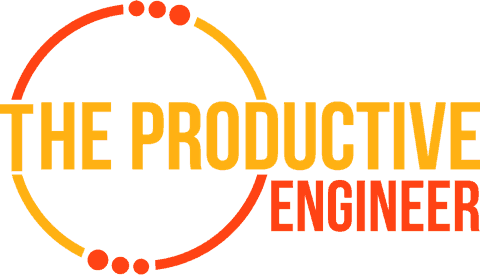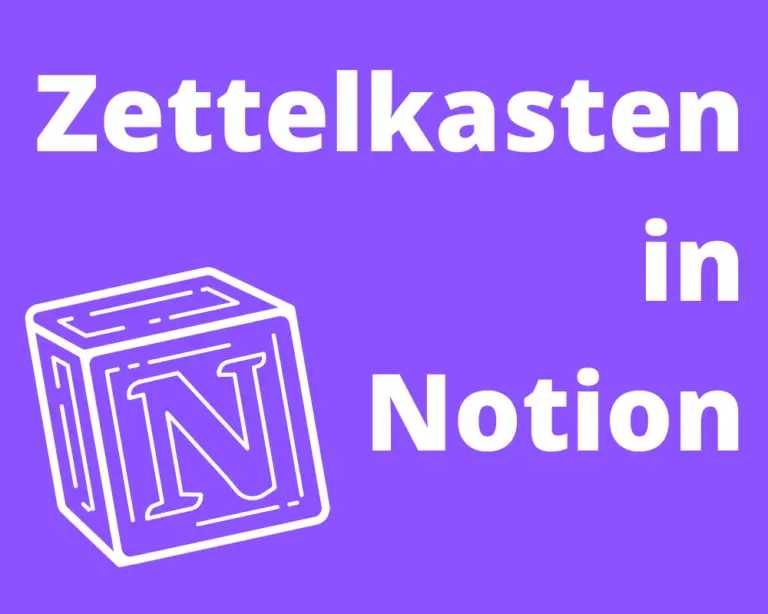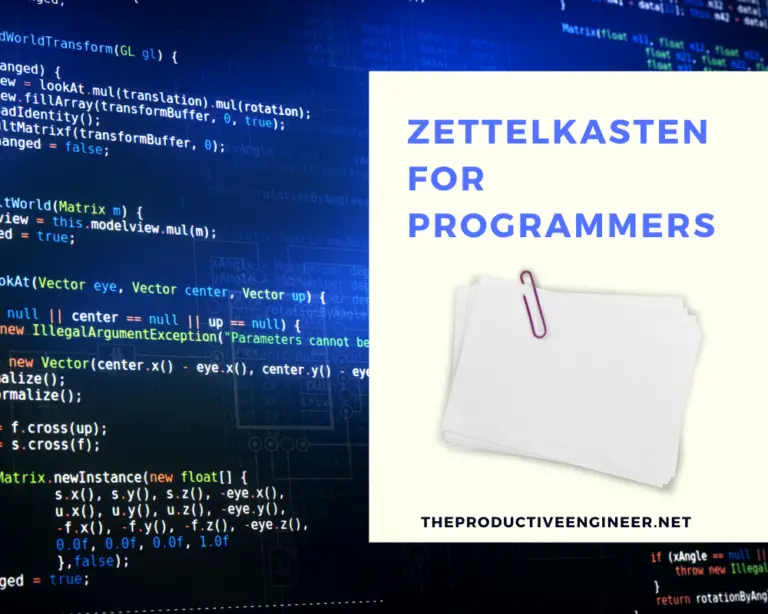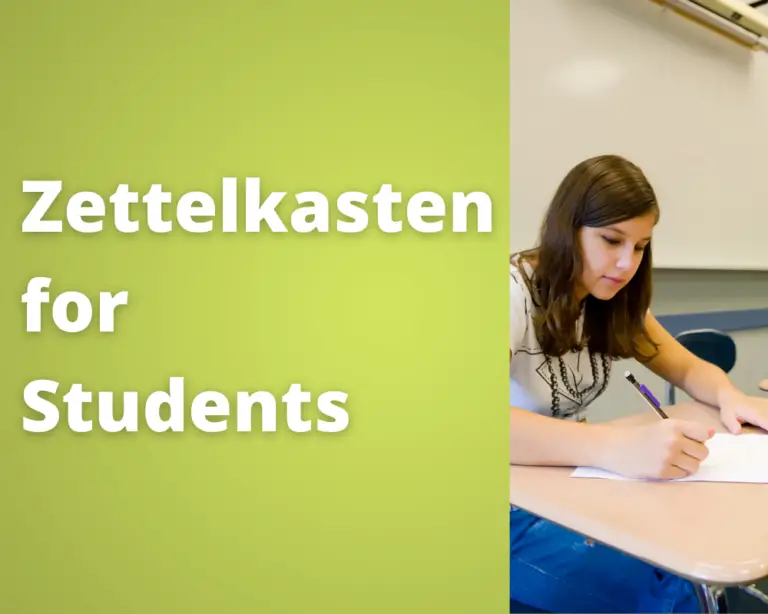Zettelkasten VS GTD (Getting Things Done)

Zettelkasten and GTD (Getting Things Done) are knowledge management and task management systems, respectively. However, the ideologies and the mechanisms behind the two are similar in several places and different in others.
So here’s a comprehensive comparative study between Zettelkasten and GTD that can help you understand what makes them similar, different and which system is more appropriate in which areas.
Before we get started with the tutorial, if you are looking to learn more about apps like Notion, Todoist, Evernote, Google Docs, or just how to be more productive (like Keep Productive’s awesome Notion course), you should really check out SkillShare. Skillshare is an online learning platform with courses on pretty much anything you want to learn. To learn more about Skillshare and its vast library of courses and get 30% off, click the link below:
SkillShare – Online Learning Platform
Related Zettelkasten Resources
| Article | Link |
|---|---|
| How to Use the Zettelkasten System | Link |
| How to Use Zettelkasten as a Programmer or Developer | Link |
| How to Use the Zettelkasten System | Link |
What Is The Zettelkasten Method?

The Zettelkasten Method is a personal knowledge management system. People use it for note-taking, doing research, assembling information from disparate sources, and more. Niklas Luhmann, a German sociologist, developed the system.
Zettelkasten translates to slip box. Luhmann formulates a system where ideas, thoughts, data, and information could be written on many interlinked slips and kept in a box. Then, you could easily refer to these at any point to retrieve the required data without much hassle.
This system is pretty flexible and has only two principles:
- Each slip or card should contain an idea or thought, or concept that makes sense by itself.
- Any term or jargon, or concept mentioned on this slip should have its own slip/card explaining the same in detail, and the two slips should be linked.
As a result, you’ll have an interconnected web of information present before you that provides a holistic view of everything you know so far about a particular topic.
You can make smart notes and organize any and every kind of information as you like as long as you follow these two rules.
This technique is used in literature, mathematics, physics, programming, and basically any field that requires you to deal with enormous amounts of data, ideas, and information.
What Is GTD: Getting Things Done?
Getting Things Done was a task management system developed by productivity expert David Allen. As the name suggests, it enables you to get things done efficiently without letting you get overwhelmed.
Whether you’re working a job where you have multiple things to do, or you want to organize your daily schedule where you want to do multiple things besides your job, or generally manage your time and work well, GTD can be used for all of this.
It targets the problems of stress and overwhelmed state at their root. It helps you build an efficient system with which you will never miss deadlines, not forget things, and your actions and priorities will be guided by a system that you yourself have set in place.
Here are the simple steps that can help you build a Zettelkasten system:
- Capture: Write down everything that has your attention.
- Clarify: Elaborate on these and see what needs action, what doesn’t need it, what needs to be put on hold, etc.
- Organize: Put these under different categories and set timelines for what needs to be dealt with by when and how.
- Review: Periodically check how far you’ve progressed, if everything is on track and update all info accordingly.
- Engage: Let your system be the guiding tool and make your decisions based on it.
Similarities Between Zettelkasten And GTD

Though Zettelkasten has existed long before the Getting Things Done system, they have a few similarities on a conceptual level. So let us jump in and see how.
Both the systems make the process of collection and processing distinct
With Zettelkasten, we first collect the information needed as we go, while in GTD, we first put down all tasks on our plate. Only once we have everything do we start processing and organizing them.
This makes an enormous difference since we tend to do both more often than not, and with an increasing amount of info, processing becomes difficult, so we get overwhelmed. These systems avoid that.
Both these systems genuinely understand how our brain works, and hence are more in sync with what’s easier for it.
Zettelkasten helps us present information as an interconnected web as opposed to the conventional linear fashion. This makes it easier for the brain since it can instantly see the various connections branching off from a point. This wouldn’t be possible with information that’s given linearly.
GTD as a system is based on the principle that our brain is not a good multitasker. So it’s best to separate different tasks and to work on them individually. GTD thus is a step-by-step process that will prevent our brain from getting overwhelmed.
These are the main similarities between the two systems, and they stop here. However, there are differences between them as well, which we will see in the next section.
Differences Between Zettelkasten And GTD
Core Objectives
Both Zettlelkasten and GTD differ in their objectives. While the former is used as a knowledge and information management system, the other is used as a task management system to organize and prioritize their work.
Flexibility
Zettelkasten is relatively more flexible compared to GTD. The former is based on just two principles, while the latter is a five-step guide that has to be adhered to.
Where Should I Use Zettelkasten?
Zettelkasten is mainly used for managing information, thoughts, and ideas. So you can use this while studying or taking notes. Literature, humanities, mathematics, physics, and programming are some of the prominent fields where the method can be used.
Where Should I Use GTD?
Getting Things Done as a system can be used for organizing your daily workflow and routine during the day. For example, you could be a project manager handling different aspects of an ongoing project, a freelancer with multiple clients, or even a college student trying to manage all the subjects and assignments. GTD is applicable in all these scenarios.
Conclusion
Thus Zettelkasten and GTD are two systems that can and should be used in different aspects of your work since they each will help you function and accomplish the task at hand efficiently.
Want More Tips and Tricks? Subscribe to our Newsletter!
If you haven’t already subscribed, please subscribe to The Productive Engineer newsletter. It is filled with tips and tricks on how to get the most out of the productivity apps you use every day. We hate spam as much as you do and promise only to send you stuff we think will help you get things done.






